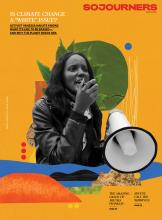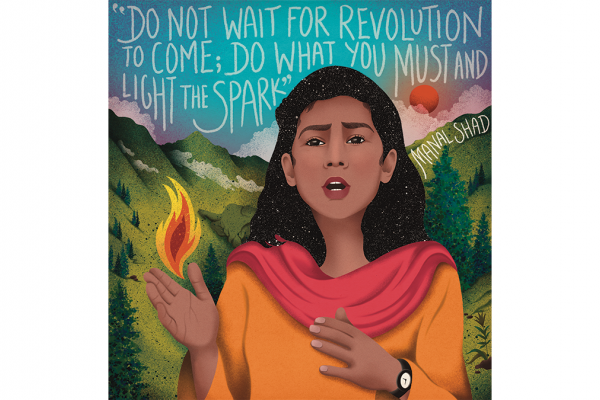“BRINGING HOME THE incarnation was the motivation for Clarence’s writing, his preaching, and his living. He believed that the incarnation was the only method of evangelization, that ‘we haven’t gotten anywhere until we see the word become flesh.’” So wrote associate editor Joyce Hollyday in our December 1979 cover feature on the Southern activist/farmer/writer Clarence Jordan. Our December issue, for many years, was our “incarnation” issue, focused on a contemporary or historical figure who lived out the way of Jesus.
Read the Full Article

Already a subscriber? Login
